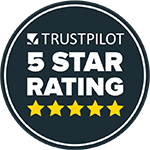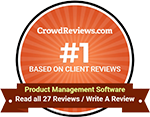TABLE OF CONTENTS
TABLE OF CONTENTS
Other Usefull Contents
You can see many success stories from our customers, and you may be one of them in the future
Unlock the Power of Mobile Commerce: Propel Your Business Forward
Read MoreDiscover how to harness mobile commerce to enhance your business growth. Learn strategies for optimizing the mobile shopping experience and increasing consumer engagement.
Read MoreDiscover the benefits of mobile commerce and how it can transform your business. Learn effective strategies for maximizing sales and customer engagement through mobile-optimized shopping experiences.
Read More














The multi-vendor or online marketplace is not an old business model, it has appeared about several recent years. However, from that first appearance, some giants such as Amazon, Sears, and Walmart has recognized the potential of this new business model, they quickly changed their strategies by adding marketplace to their operations and now, you can see how they succeed with this model. Regardless of being a big or small brand or retailer, the opportunities for you to earn profits from this marketplace model are actually high. Therefore, if the amount of business moving online will continue to increase with this high speed, it will make sense to push your presence in the marketplace arena.
One question: what is an exact marketplace? Essentially, it is a version of having an online storefront. Let's take an example of Amazon for easy to understand. Amazon will be the first-party business, they have a marketplace and allow third-party sellers to take part in and sell their products. Sometimes, order fulfillment will be done by the marketplace operator, it will be so flexible, depending on who it is.
You have the brief definition of multi-vendor (marketplace), here are several reasons why you should choose this model for your business: